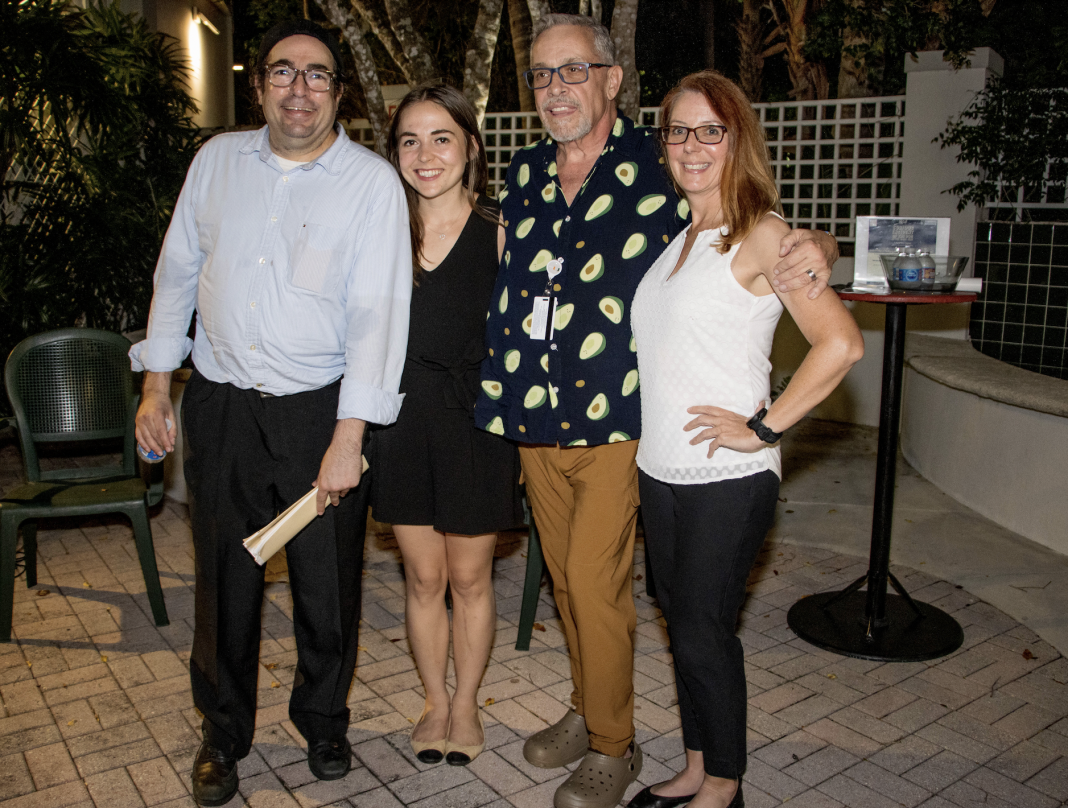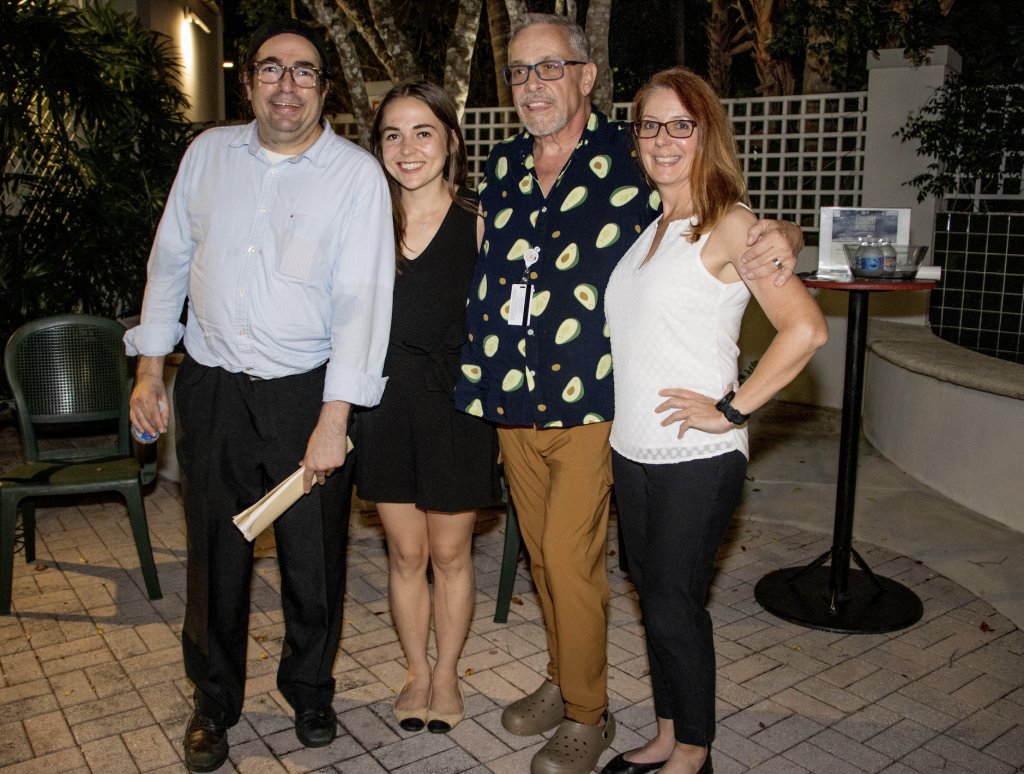
Ringing in April also means ringing in Autism Acceptance and Awareness Month, a time to better understand the Autism Spectrum Disorder (ASD) community.
The University of Miami Department of Theatre Arts and the Jerry Herman Ring Theatre initiated this month of recognition with a showing of Simon Stephens’ “A Curious Incident of the Dog in the Night-time.
The play ran from March 4-11.
The play invited the audience into the mind of teenager Christopher Boone, a young man with autism, as he ventures through high school and familial struggles in an illustrious production shedding light on the unique experiences of autistic individuals.
“This play is not about autism,” artistic director Michael Bush said at the panel. “Autism is the canvas in which it is painted on, it is the world of the play.”
To derive a deeper meaning from this production and educate further on autism, the UM-NSU CARD and Ring Theatre partnered to host a small panel on March 9.
Panelists Katie Santoro, a self-advocate and associate at Cardinal Health and Jairo Arana, a UM graduate and self-advocate, spoke on the portrayal of ASD in the media and the importance of featuring characters on the spectrum like Christopher.
“Representation matters. We like to see ourselves on screens, in books, and in plays,” Arana said. “The more the world sees us, the more they understand us- otherwise they just continue to believe in stereotypes.”

One of the goals of Autism Acceptance and Awareness Month is to dispel stereotypes and share the narrative on ASD by sharing the stories of those on the spectrum.
A central aspect of autism is that it is unique for everyone and that the strengths and difficulties of one person are not generalizable to a wider population.
“I won’t say this play encapsulated autism, it expressed the autism experience of one person,” Arana said. “There is a reason it is called the spectrum, it is different for everyone on the spectrum.”
Santoro echoed this point by mentioning the famous saying in the autism community that is, “if you have met one person with autism, you have met one person with autism.”
She pointed out that in some ways her and Christopher could not be more different as she excels in verbal communication but struggles in math, opposite of him. Yet find herself relating when it comes to understanding what it is to have a friend and different kinds of human relationships.
“The play means a lot to me because it has some conversations with characters that tell us the main character is grappling with how to understand the definition of a friend,” Santoro said.
“I used to be a lot like him in that way but through social practice and social training in theater I understand the definition of a friend much better,” Santoro continued.
This highlights another one of the underutilized roles of art and autism which is using theater as a tool to teach communication and emotional understanding skills.
Santoro had a late diagnosis at age 24 and credits this to the fact that she was able to use her acting abilities to get her through most of her early life.
“Theater was very crucial to my overall social, emotional, and self development,” Santoro said. “Theater was a blessing because it taught me how to make friends and gave me a place to belong.”
The predominant plot-driver of the play lied in the discordant relationships Christopher shared between his parents and his teacher Shobane. The former was marked by impatience and frustration and the latter with genuine care and understanding.
This also served as the biggest takeaway for the audience.
By portraying the pitfalls and strengths of the two responses to Christopher the audience leaves with a new notion of awareness for those with ASD, even if it is only telling the story of one boy with autism.
“That’s one of the things I love about art, entertainment, plays, movies and books is you get to learn about the human experience, you know in a wide range, spectrum or sphere of things,” Anara said. “There’s so much to learn. And just when you thought you knew everything it turns out you don’t- you get to learn more, which is kind of exciting.”





